
Sportboat Wing-on-Wing Guide
Wing-on-wing spinnaker sailing in sportboats has become an essential technique in the tactical toolbox, but like most things, there’s a proper time and place to use it.

Wing-on-wing spinnaker sailing in sportboats has become an essential technique in the tactical toolbox, but like most things, there’s a proper time and place to use it.
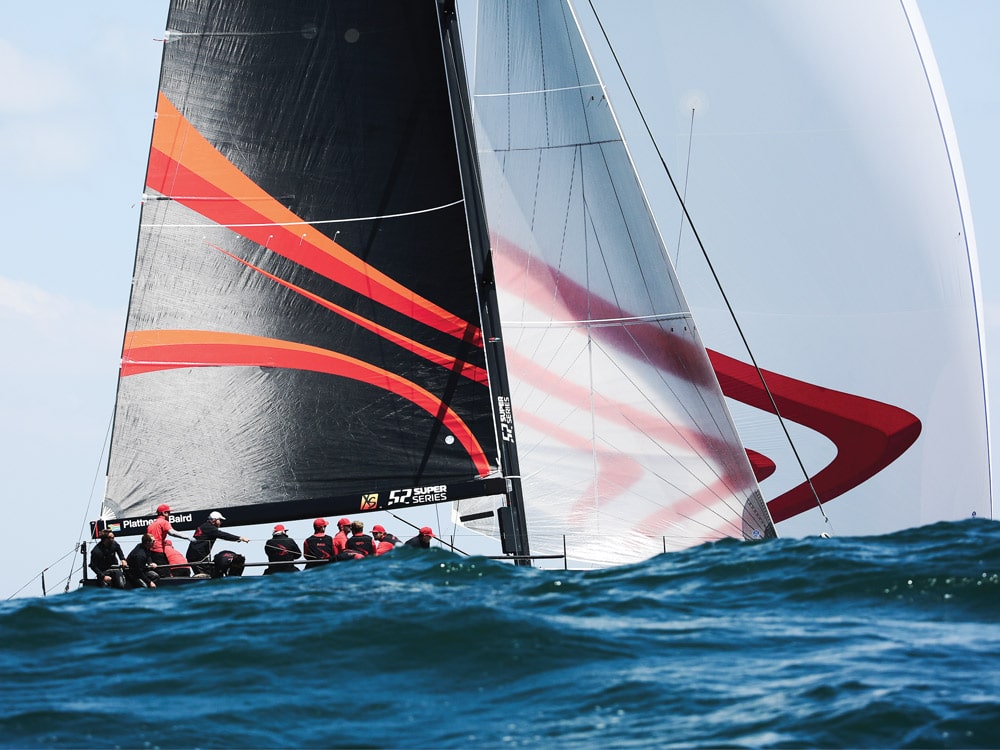
A spinnaker staysail can be a powerful addition to your downwind package, but only when conditions are right.
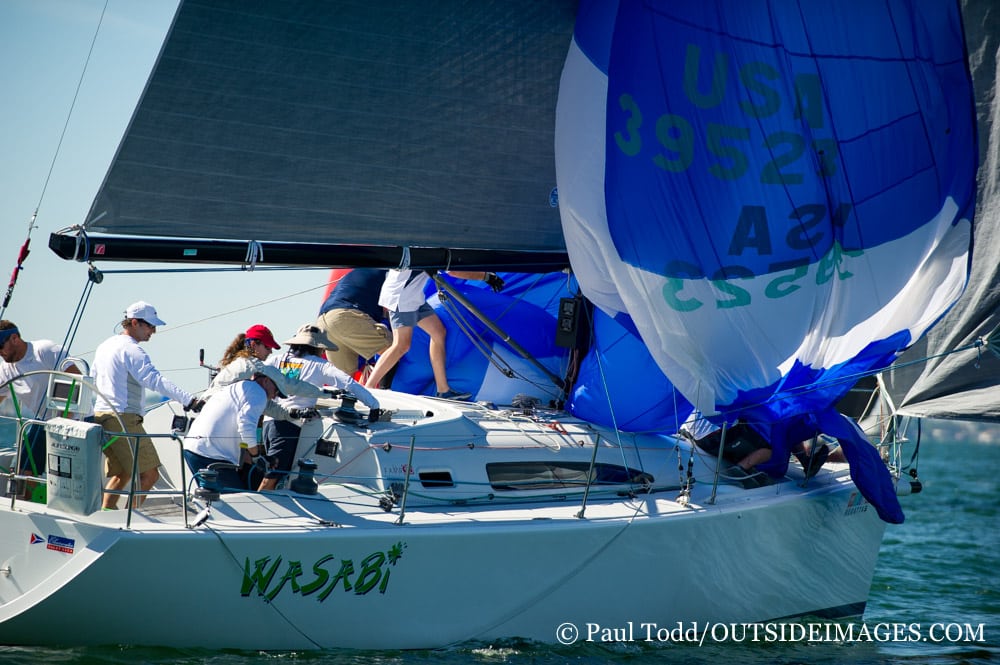
Tom Burnham gives us his A-plus techniques for A-sail drops. “From the Experts” in our March 2009 issue
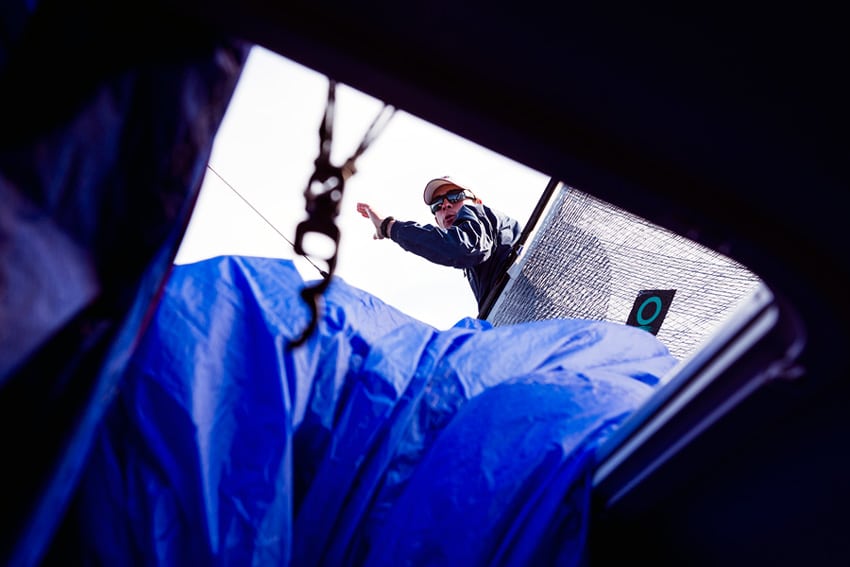
There are key maneuvers that can make or break your race. In addition to tacking and jibing, setting the spinnaker is another one.

Replacing your metal shackle, or adding a soft shackle to your spin sheets can help improve sail control and speed in any conditions.
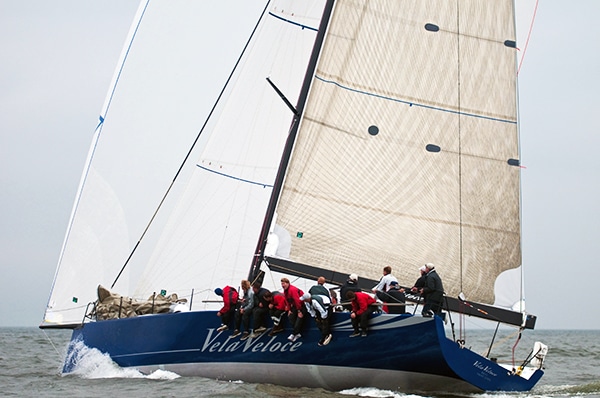
Blast reaching under an asymmetrical spinnaker can be, well a blast, but walking the line between control and a wipeout can sometimes prove difficult.

The trusty spinnaker packing technique gets your symmetric spinnaker up and flying.
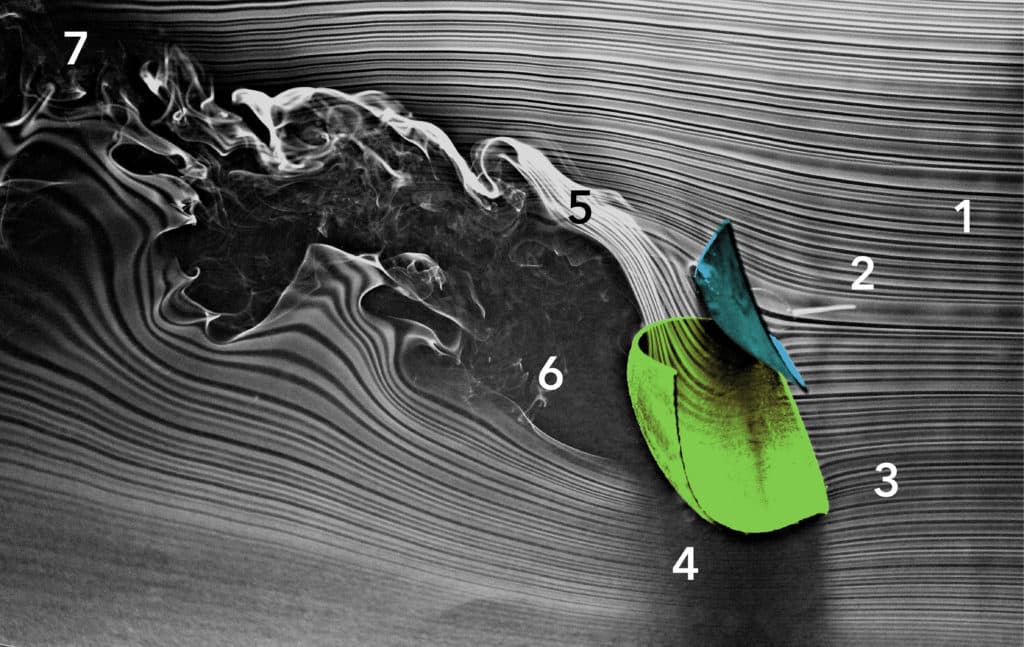
Symmetric spinnakers are often the most dynamic and challenging sail to trim perfectly. By understanding how they behave at different wind angles, however, you can better unlock its potential.
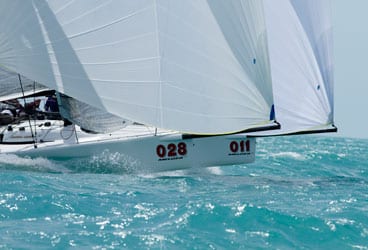
The most challenging part of moving from a displacement keelboat to a planing one is learning how to sail downwind. Extended version of the interview found in our October 2012 issue.

In this article from our September 1985 issue, Mark Sertl describes pros and cons of some popular techniques for spinnaker takedowns on the leeward side, including releasing the guy, the “string” or “belly button” method, and the lazy sheet retrieval system.

It can be tough to go through a clean set after an exausting upwind leg. If you’re prepared, though, the windward mark is a great spot to pick up boatlengths on the competition. From our April 2006 issue

Wing-on-wing spinnaker sailing in sportboats has become an essential technique in the tactical toolbox, but like most things, there’s a proper time and place to use it.

A spinnaker staysail can be a powerful addition to your downwind package, but only when conditions are right.

Tom Burnham gives us his A-plus techniques for A-sail drops. “From the Experts” in our March 2009 issue

There are key maneuvers that can make or break your race. In addition to tacking and jibing, setting the spinnaker is another one.

Replacing your metal shackle, or adding a soft shackle to your spin sheets can help improve sail control and speed in any conditions.

Blast reaching under an asymmetrical spinnaker can be, well a blast, but walking the line between control and a wipeout can sometimes prove difficult.

The trusty spinnaker packing technique gets your symmetric spinnaker up and flying.

Symmetric spinnakers are often the most dynamic and challenging sail to trim perfectly. By understanding how they behave at different wind angles, however, you can better unlock its potential.

The most challenging part of moving from a displacement keelboat to a planing one is learning how to sail downwind. Extended version of the interview found in our October 2012 issue.

In this article from our September 1985 issue, Mark Sertl describes pros and cons of some popular techniques for spinnaker takedowns on the leeward side, including releasing the guy, the “string” or “belly button” method, and the lazy sheet retrieval system.

It can be tough to go through a clean set after an exausting upwind leg. If you’re prepared, though, the windward mark is a great spot to pick up boatlengths on the competition. From our April 2006 issue
Sign up for Sailing World emails to receive features on travel destinations, event listings and product reviews as well as special offers on behalf of Sailing World’s partners.
By signing up you agree to receive communications from Sailing World and select partners in accordance with our Privacy Policy. You may opt out of email messages/withdraw consent at any time.